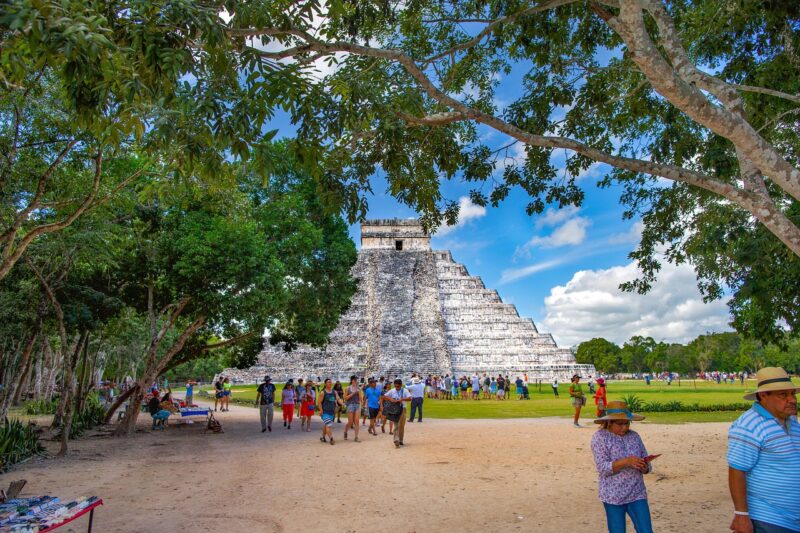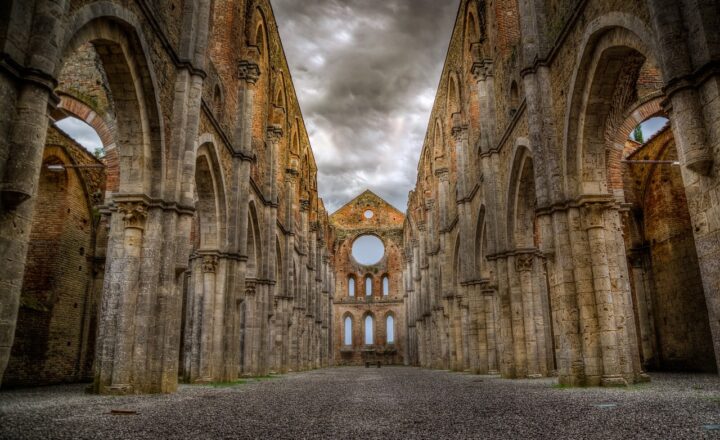
The ancient Mayan civilization is one of the most intriguing and enigmatic cultures in human history. Flourishing in Central America for over a thousand years, the Mayans left behind grand cities, impressive architecture, and sophisticated knowledge in many areas, including mathematics, astronomy, and agriculture. But what happened to this once-great civilization? In this article, we will explore the secrets of the lost Mayan civilization, the ruins they built, and the theories surrounding their mysterious decline.
1. The Rise of the Mayan Civilization
The Mayan civilization emerged around 2000 BC, reaching its peak between AD 250 and 900. Located primarily in present-day Mexico, Guatemala, Belize, and Honduras, the civilization was divided into several city-states, each ruled by its own king. The Mayans were renowned for their impressive achievements in various fields:
- Architecture: Iconic step pyramids like El Castillo at Chichén Itzá and the Temple of the Inscriptions at Palenque showcase the Mayans’ architectural ingenuity.
- Astronomy: Mayan astronomers created precise calendars that tracked celestial events, aiding in agriculture and rituals.
- Writing System: The Mayans developed a complex hieroglyphic writing system that recorded their history, mythology, and daily life.
As a result of their accomplishments, the Mayans established a rich cultural legacy that continues to captivate scholars and enthusiasts alike.
2. The Mysterious Decline of the Mayan Civilization
Despite their significant advancements, the Mayan civilization mysteriously began to decline around the end of the 9th century. There are several theories regarding this collapse:
- Environmental Factors: Deforestation and soil degradation due to intensive agriculture may have led to severe droughts and food shortages.
- Sociopolitical Stress: Internal conflict and warfare among city-states could have destabilized their social structure, contributing to famine and collapse.
- Climate Change: Evidence suggests that prolonged droughts during this period drastically affected agricultural production, leading to starvation.
While the exact reasons for the Mayan collapse remain debated among historians, it is clear that a combination of these factors likely played a role in the gradual abandonment of major cities.
3. Notable Mayan Ruins: A Peek into History
Exploring the ruins left behind by the Mayans provides valuable insight into their civilization. Some of the most notable ruins include:
- Tikal: Located in Guatemala, Tikal is one of the largest archaeological sites of the Mayan civilization. It features massive temples and palaces amidst lush jungles.
- Chichen Itza: This UNESCO World Heritage site is famous for its pyramid, El Castillo, which is renowned for its stunning architectural design and celestial alignments.
- Palenque: Nestled in the Chiapas jungle, Palenque is known for its impressive structures and ornate inscriptions that provide glimpses into Mayan history.
These cities, along with many others, serve as a window into the lives, customs, and beliefs of the Mayan people.
4. The Legacy of the Mayans
Even after the civilization’s decline, the descendants of the Maya continue to thrive today. Modern Maya cultures retain many aspects of their ancestral traditions, including language, folklore, and agricultural practices. The ruins scattered throughout Central America serve as an enduring reminder of this great civilization and its contributions to humanity.
Researchers are continuously discovering more about the Mayans through archaeological excavations and advanced technology like LiDAR (Light Detection and Ranging) which helps uncover hidden structures beneath dense jungle canopy. The more we learn, the more we realize the sophistication of the Mayan civilization.
5. Conclusion: The Unfolding Mystery
The Mayan civilization remains an enduring enigma. Unraveling the secrets of this remarkable culture and understanding the reasons for their decline is a quest that continues to fascinate historians, archaeologists, and the public. With ongoing research and advancements in technology, we can only hope to uncover more about the Maya and the legacy they left behind in their magnificent ruins.
These ruins not only speak volumes about the past but also enhance our understanding of human resilience, cultural evolution, and the importance of preserving history for future generations.







